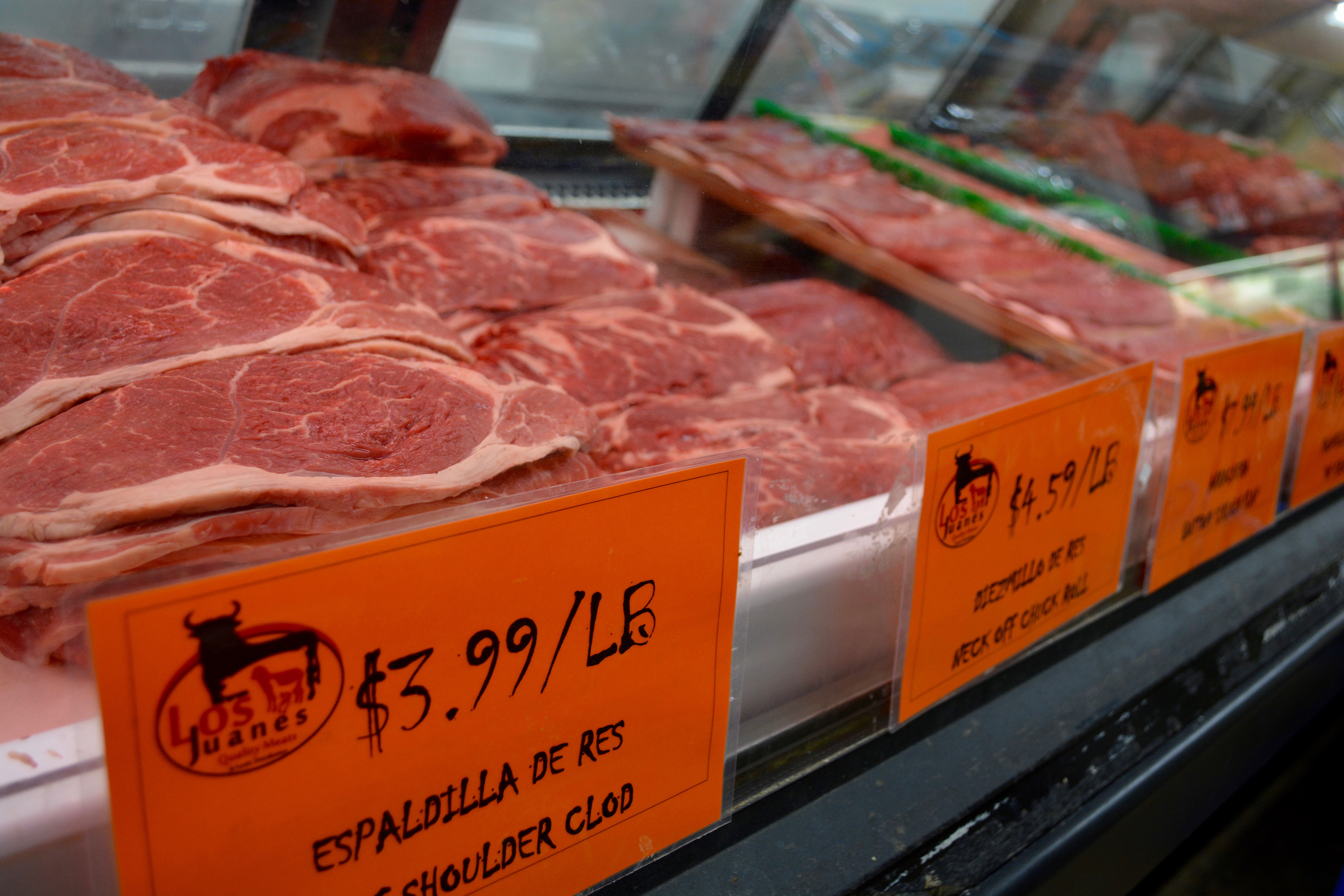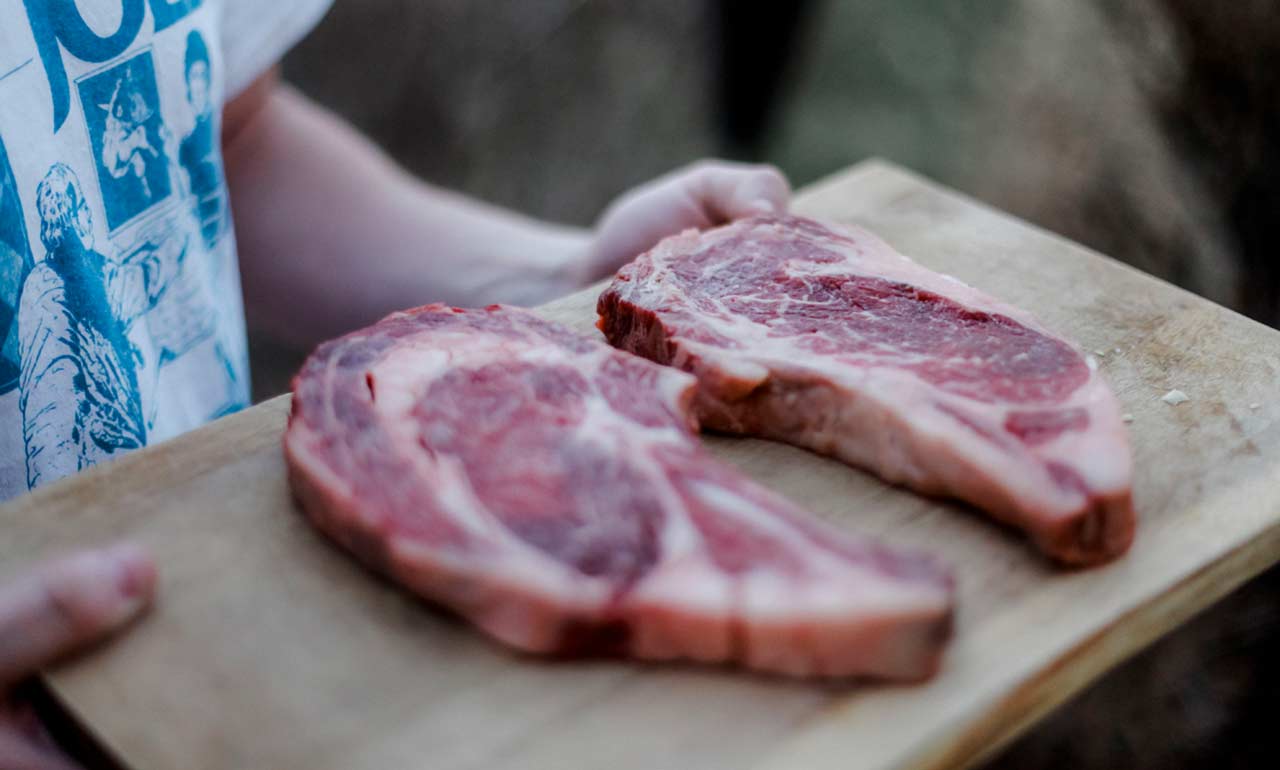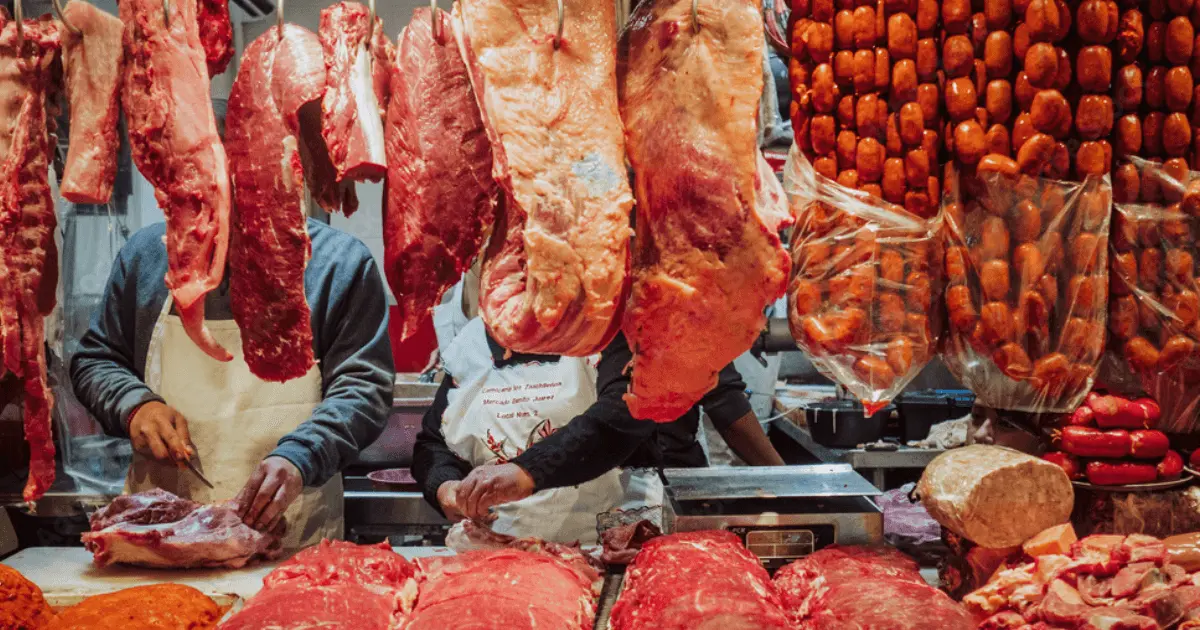Why Bagley Farms Meat Market Edwardsville IL Is the Best Option for High Quality Meats
Why Bagley Farms Meat Market Edwardsville IL Is the Best Option for High Quality Meats
Blog Article
Reveal the Art of the Butcher's Cut in a Modern Meat Market
In the ever-evolving landscape of modern-day meat markets, the butcher's cut has transcended its typical roots, combining old-time craftsmanship with contemporary methods. What really establishes the contemporary butcher apart is their ability to build a deeper link between customers and the origins of their meat.
Evolution of Butchery Methods

The mid-20th century saw butchery methods additionally improved by scientific insights into muscular tissue biology and meat aging, boosting both tenderness and taste. Technologies like vacuum cleaner packaging and refrigeration expanded item shelf-life, permitting butchers to branch out offerings and enhance quality assurance. This duration likewise noted the increase of specialized tools, such as band saws and meat slicers, which boosted precision and efficiency in meat handling.
Computerized systems currently aid in monitoring pet provenance and maximizing cuts to satisfy details customer choices. Furthermore, a renewal in artisanal butchery has actually emerged, blending typical skills with contemporary expertise to cater to customers looking for ethical and lasting meat alternatives.

Understanding Meat Cuts

Comprehending the intricacies of meat cuts is important for both butchers and consumers looking for top quality and worth. Each cut originates from a various component of the animal, presenting unique tastes, appearances, and cooking approaches. Proficiency of these differences not only improves cooking experiences however also makes the most of the utility of each carcass. For butchers, specific cuts show skill and regard for the craft, guaranteeing very little waste and optimal return.
The key categories of meat cuts consist of primitive, sub-primal, and retail cuts. Butchers then break these down further into sub-primal cuts, prior to finally creating retail cuts readily available to consumers, like ribeye or tenderloin.
Comprehending muscular tissue composition is vital; muscle mass used much more frequently by the pet often tend to be harder and are best fit for slow-moving cooking approaches, while less-used muscles, like those discovered in the loin, are extra tender and perfect for grilling or roasting. Experience with these differences empowers consumers to make educated options, boosting their cooking endeavors.
Selecting Top Quality Meat
Selecting the ideal meat involves more than just picking an aesthetically enticing piece from the display screen. The art of choosing high quality meat calls for a critical eye and knowledge of details features that represent freshness and quality.
Secondly, take into consideration the marbling, which describes the white flecks of fat within the muscular tissue. Appropriate marbling is a key sign of tenderness and taste, as it melts throughout cooking, enhancing the meat's juiciness. Keep in mind, greater marbling commonly correlates with exceptional quality cuts, such as USDA Prime.
Appearance is another important factor; meat needs to feel solid to the touch, not slimed or excessively soft. In addition, bear in mind the fragrance. Fresh meat should have a clean, neutral scent, devoid of any sour or repulsive odors.
Matching Cuts With Food Preparation Methods
Successfully matching cuts of meat with the proper food preparation approaches is essential for achieving optimal flavor and appearance. These methods enhance the meat's natural flavors and guarantee a juicy finish.
On the other hand, harder cuts like brisket and chuck roast are abundant in collagen, read this article which damages down right into gelatin when cooked slowly. These cuts are perfect for braising or sluggish roasting, allowing the meat to tenderize over time and develop deep, complex tastes. Cuts such as brief ribs and go to my site pork shoulder get on well with slow-cooking techniques, where extended cooking times change their durable structures right into succulent dishes.
Lamb shanks and oxtail, which require prolonged cooking to tenderize, are ideal prospects for stewing or slow simmering. These approaches coax out abundant, hearty flavors while preserving dampness. By recognizing the special characteristics of each cut, cooks and home chefs alike can elevate their culinary productions, ensuring each recipe is both pleasing and remarkable.
The Butcher's Function Today
Browsing the advancing landscape of the modern meat market, the butcher's function today expands beyond simple prep work of cuts. Contemporary butchers are culinary artisans, educators, and supporters for lasting practices.
Along with crafting exact cuts, butchers currently engage straight with consumers, providing cooking guidance and customizing selections to fit individual demands and choices. Their experience in meat aging, marbling, and taste accounts empowers consumers to make informed decisions, boosting their cooking experiences. This individualized service exemplifies the butcher's advancing role blog here as a trusted advisor in the kitchen area.
Additionally, butchers are crucial in lessening waste, making use of whole animals to develop varied products such as sausages and stocks - bagley farms meat market edwardsville il. This extensive technique not just values the pet yet also aligns with contemporary sustainability objectives. By doing this, the modern butcher embodies both custom and advancement, adjusting to an ever-changing market while protecting the creativity and stability of their craft

Verdict
The modern butcher's craft elaborately weaves traditional strategies with contemporary innovations, stressing sustainable techniques and honest sourcing. Proficiency in understanding varied meat cuts and high quality indicators equips butchers to provide enlightened suggestions, straightening particular cuts with optimum cooking approaches. This experience not only boosts culinary experiences yet also reinforces the connection between customers and the origins of their food. By recognizing historical techniques while accepting modern demands, the butcher's function continues to be important in today's innovative meat market.
Report this page